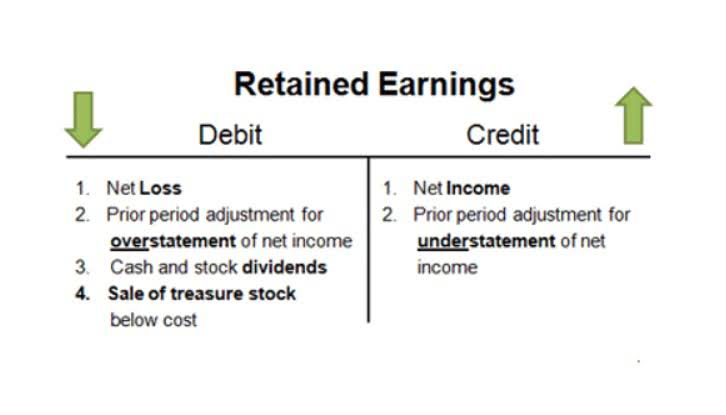
The balance in Income Summary is the same figure as whatis reported on Printing Plus’s Income Statement. The purpose of the closing entry is to reset temporary account balances to zero on the general ledger, the record-keeping system for a company’s financial data. What is the current book value of your electronics, car, and furniture?
Closing Entry Types

The income statement summarizes your income, as does income summary. If both summarize your income in the same period, then they must be equal. The business has been operating for several years but does not have the resources for accounting software. This means you are preparing all steps in the accounting cycle by hand. In this chapter, we complete the final steps (steps 8 and 9) of the accounting cycle, the closing process. You will notice that we do not cover step 10, reversing entries.
Trial Balance
The post-closing T-accounts will be transferred to the post-closing trial balance, which is step 9 in the accounting cycle. There may be a scenario where a business’s revenues are greater than its closing entries expenses. This means that the closing entry will entail debiting income summary and crediting retained earnings. But if the business has recorded a loss for the accounting period, then the income summary needs to be credited. A closing entry is a journal entry that’s made at the end of the accounting period that a business elects to use.
- If dividends are declared, to get a zero balance in the Dividends account, the entry will show a credit to Dividends and a debit to Retained Earnings.
- In this case, we can see the snapshot of the opening trial balance below.
- Thebusiness has been operating for several years but does not have theresources for accounting software.
- The account has a zero balance throughout the entire accounting period until the closing entries are prepared.
Cash Flow Statement
- The balance in Income Summary is the same figure as what is reported on Printing Plus’s Income Statement.
- The statement of retained earnings shows the period-ending retained earnings after the closing entries have been posted.
- Now that we have closed the temporary accounts, let’s review what the post-closing ledger (T-accounts) looks like for Printing Plus.
- If you put the revenues and expenses directly into retained earnings, you will not see that check figure.
- Such periods are referred to as interim periods and the accounts produced as interim financial statements.
Now Paul must close the income summary account to retained earnings in the next step of the closing entries. The first entrycloses revenue accounts to the Income Summary account. The secondentry closes expense accounts to the Income Summary account.

First, all the various revenue account balances are transferred to the temporary income summary account. This is done through a journal entry that debits revenue accounts and credits the income summary. Now that all the temporary accounts are closed, the income summary account should have a balance equal to the net income shown on Paul’s income statement.
It stores all gross vs net of the closing information for revenues and expenses, resulting in a “summary” of income or loss for the period. The balance in the Income Summary account equals the net income or loss for the period. This balance is then transferred to the Retained Earnings account.
Permanent versus Temporary Accounts

When you compare the retained earnings ledger (T-account) to the statement of retained earnings, the figures must match. It is important to understand retained earnings is not closed out, it is only updated. Retained Earnings is the only account that appears in the closing entries that does not close.
- To further clarify this concept, balances are closed to assure all revenues and expenses are recorded in the proper period and then start over the following period.
- Stockholders’ equity accounts will alsomaintain their balances.
- The information needed to prepare closing entries comes from the adjusted trial balance.
- This means that thecurrent balance of these accounts is zero, because they were closedon December 31, 2018, to complete the annual accounting period.
- It can also create errors and financial mistakes in both the current and upcoming financial reports, of the next accounting period.
Made at the end of an accounting period, it transfers balances from a set of temporary accounts to a permanent account. Essentially resetting the account balances to zero on the general ledger. This means that it is not an asset, liability, stockholders’ equity, revenue, or expense account. The account has a zero balance throughout the entire accounting period until the closing entries are prepared. Therefore, it will not appear on any trial balances, including the adjusted trial balance, and will not appear on any of the financial statements. Closing entries prepare a company for the next accounting period by clearing any outstanding balances in certain accounts that should not transfer over to the next period.
Monthly Financial Reporting Template for CFOs
The balance in dividends, revenues and https://www.bookstime.com/ expenses would all be zero leaving only the permanent accounts for a post closing trial balance. The trial balance shows the ending balances of all asset, liability and equity accounts remaining. The main change from an adjusted trial balance is revenues, expenses, and dividends are all zero and their balances have been rolled into retained earnings.